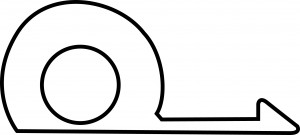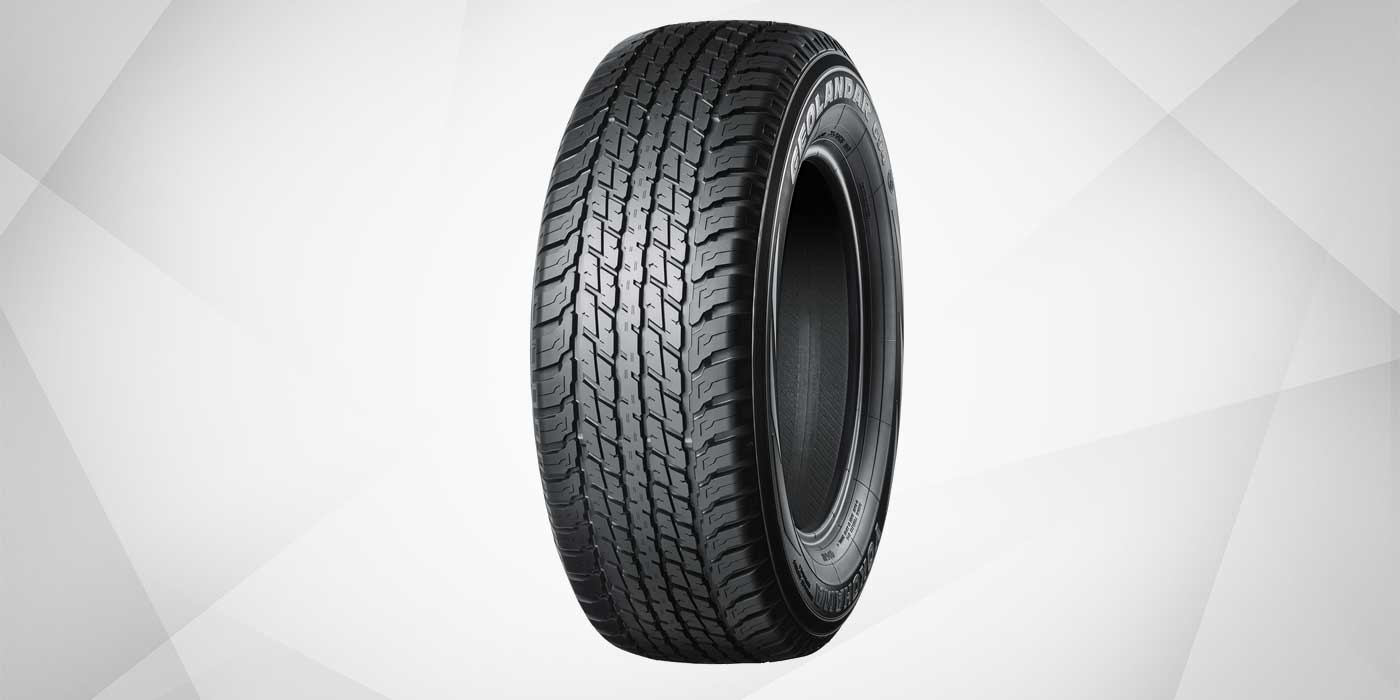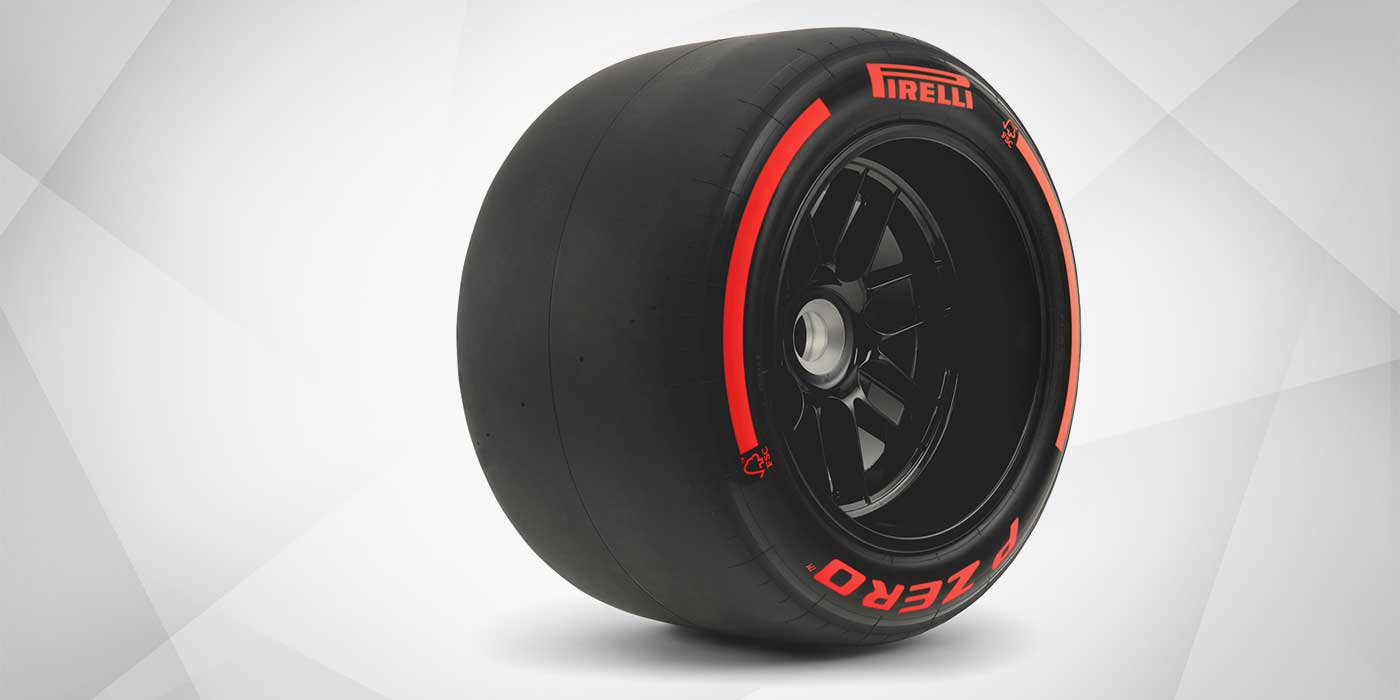While run-flat tires are designed to allow a driver to safely continue driving after a puncture, they cannot be driven on indefinitely – the idea is to give the driver enough time get to a repair facility.
Most manufacturers allow continued operation after a loss of some or all inflation pressure for up to 50 miles at a maximum speed of 50 mph. Driving slower does not extend the range; the maximum is 50 miles at zero pressure at a speed not exceeding 50 mph.
There are two primary types of run-flat tire systems: the self-supporting system and the support ring system (also called the auxiliary supported system).
Self-Supporting Systems
This type of run-flat tire has stiffer and tougher rubber, which can temporarily carry the weight of the vehicle under lower, or even zero, tire pressure.
Manufacturers typically attach rubber inserts next to or in between layers of heat-resistant cord in the sidewalls to help prevent breaking the reinforcing cords after the loss of air pressure. These tires also feature specialized beads that allow the tire to grip the rim even in the event of air loss.
Examples include Pirelli RFT (Run-Flat Technology), Yokohama Run-Flat and ZPS (Zero Pressure System), Dunlop DSST (Dunlop Self-Supporting Technology) and ROF (Run-On-Flat), Firestone RFT (Run-Flat Tire), Goodyear EMT (Extended Mobility Technology) and ROF (Run-On-Flat), Kumho XRP (Extended Run-Flat Performance), Michelin ZP (Zero Pressure), and Bridgestone RFT (Run-Flat Tire).
Auxiliary Supported Systems

Support ring run-flat tire systems combine unique wheels and tires. The tire is attached to a special rim that employs a ring, typically made of hard rubber, that can support the vehicle’s weight in the event of air loss. The flat tire’s tread rests on the support ring attached to the wheel when the tire loses pressure. This puts most of the load on the wheel, rather than the tire.
The advantage of this system is that the wheel usually doesn’t wear out or need to be replaced. In addition, because the sidewall stiffness can be similar to standard tires, auxiliary supported systems can offer better ride quality than self-supporting tires. The big disadvantage to support ring systems is that their unique wheels do not accept standard tires and the resulting lower volume offers consumers fewer tire choices. Michelin’s PAX system of wheels and tires is the only support ring system to have appeared in appreciable volume.

The International Organization for Standardization (ISO), a worldwide federation of national standards bodies, has adopted symbols for both run-flat systems:
Since the sidewalls don’t collapse when air pressure is lost, it can be very difficult for a driver to tell when a run-flat is deflated just by looking at it. So, run-flat tires must only be mounted on vehicles equipped with a functional tire pressure monitoring system (TPMS). Without TPMS, there is a very real risk that drivers might not know they are driving on an underinflated tire.
Run-Flats: the Good
Not having to change a tire in dangerous or uncomfortable conditions is perhaps the biggest benefit of run-flat tires. Unlike conventional tires, where the driver has to replace a flat on the spot or have the car towed, with run-flats he or she can drive on the deflated tire. The driver doesn’t have to get out of the car in the cold, the rain, on a busy highway, or on the street in a sketchy part of town.
Run-flats also provide additional safety because in a puncture situation, they are more stable than conventional tires. Because the tires can support a vehicle even when they contain no air, a sudden deflation results in less weight transfer and tread destabilization. Even after a blow out, steering and handling remain closer to normal.
Since a driver doesn’t have to change a punctured run-flat right away, the vehicle manufacturer can do away with the heavy, space-consuming spare, jack and tools. Vehicle weight is reduced with the potential for better balance, dynamic handling and fuel efficiency. However, the gain is not fully equal to the weight of the now missing items because run-flat systems weigh more than regular tires.
Run-Flats: the Bad
Compared to conventional tires, on average, run-flats cost one-third more – and they cannot be paired with traditional tires, either. Manufacturers do not recommend mixing run-flat tires and standard tires on the same vehicle, even if paired in axle sets. Only in exceptional and emergency circumstances do tire manufacturers recommend that a normal tire (with identical dimensions, load index and speed rating) replace a run-flat. The conventional tire is to be used only for a very limited period and distance. In addition, customers must be advised that the standard tires do not have the same run-flat characteristics as the other tires on the vehicle and must be removed at the earliest opportunity.
Perhaps more importantly, the tiremakers do not recommend replacing all four run-flats with conventional tires. They caution that the vehicle’s original design, suspension calibrations and safety were all based on the use of run-flats.
When a run-flat tire does suffer a puncture or lose air pressure, the consumer may not be able to get it repaired. At a minimum, the tires need to be carefully inspected to ensure they can be fixed. However, for safety reasons, most manufacturers strongly recommend against the repair of run-flat tires. They explain that it is not possible to establish the time and conditions under which a tire has been used with insufficient inflation pressure; therefore, a run-flat tire should always be changed and not repaired after a loss of pressure.
J.D. Power recently completed a study that found that people were replacing their run-flat tires an average of 6,000 miles sooner than owners using conventional tires. It’s not clear why run-flats appear to experience faster tread wear, but one theory is that tiremakers use a softer tread compound on run-flat tires to counter the hard ride. The use of the softer compound could result in shorter tread life.
Reduced fuel economy is another negative. The sidewall reinforcements or support rings add weight – and weightier run-flats may reduce fuel economy by 1% to 2%.
Because run-flats aren’t big sellers, drivers often experience difficulty finding replacements, especially at smaller tire dealers. Availability has improved, but many sizes and brands are still hard to locate.
The stiff sidewalls that make a self-supporting run-flat work also result in a harsher ride. Automakers attempt to tune suspensions to offset the harsher ride of run-flats, but consumer complaints are common.
If a driver fails to notice or ignores the TPMS low-pressure warning and drives beyond the zero-pressure range or above the speed limitation, a run-flat can disintegrate. Sidewall punctures and impact damage also affect run-flats like conventional tires.
The J.D. Power study found that “customers with vehicles equipped with run-flat tires are nearly twice as likely as those with vehicles equipped with standard tires to have to replace a tire due to a flat or blowout.”
Many customers have not responded well to run-flats. There have been lawsuits against BMW and Honda because of poor treadwear and unexpectedly high replacement costs. Primarily used on luxury and performance sports vehicles, overall satisfaction with tires is lower when vehicles are equipped with run-flat tires compared to vehicles with conventional tires.
Many commentators and consumer publications continue to advise that run-flat tires are just not worth the hassle or the expense. They argue that run-flats just don’t yet offer enough advantages to offset all the problems.
The Future of Run-Flats
Auto manufacturers are doing everything they can to save money, increase their profits, and perform the best they possibly can on increasingly stringent EPA mileage tests. They cannot afford to ignore the potential weight savings and cost reduction from eliminating spare tires, jacks and tire tools.
In addition, consumers continue rating safety high on the list of features they look for in a vehicle, and run-flat tires promise to remove a key travel worry – being stranded on the roadside.
So, despite the negatives and consumer concerns, run-flat tires are increasingly becoming standard equipment on new cars and the popularity of run-flat tires is expected to grow.
Tiremakers and auto manufacturers continue to develop run-flat systems and both contend that the safety benefits are so significant that they easily outweigh the trade-offs. Suspensions are being refined and tuned for the best possible ride comfort. Most major tiremakers have attached run-flat technology to their premier tires – an indication of their trust in run-flats and their confidence in the public’s eventual acceptance.
Ultimately, of course, the decision is with the consumer – but neither the auto manufacturers nor tiremakers appear likely to give up on run-flats.














